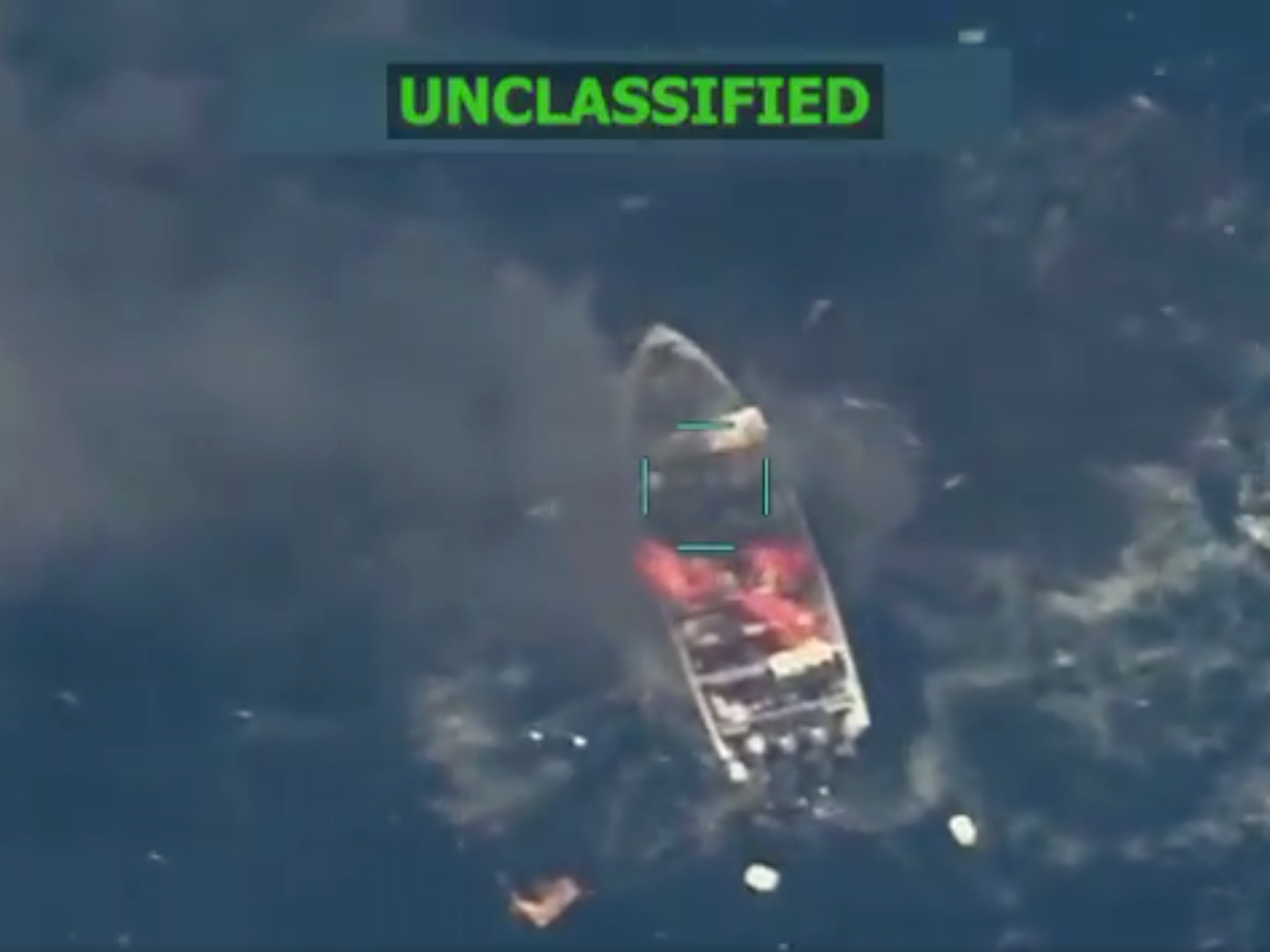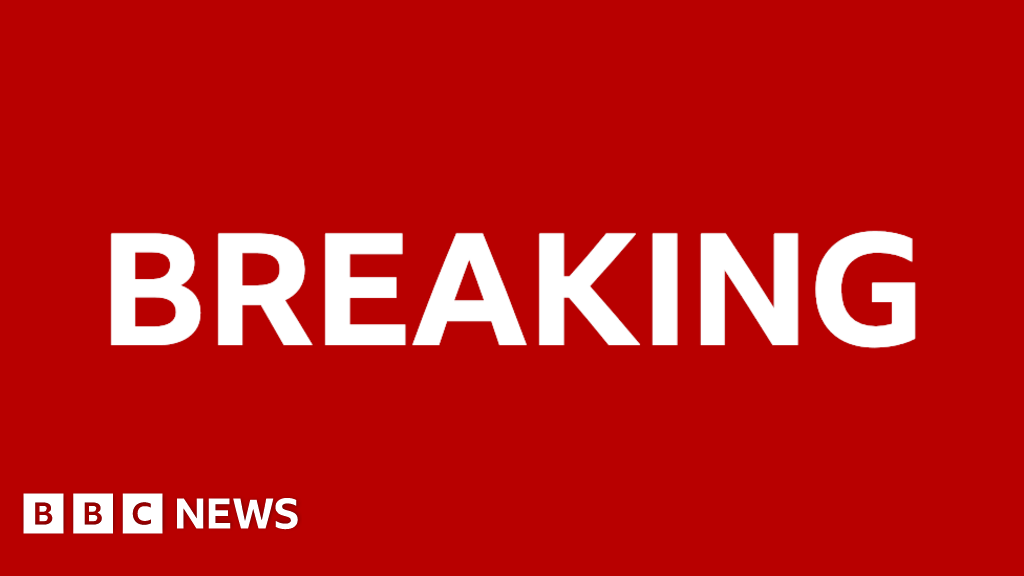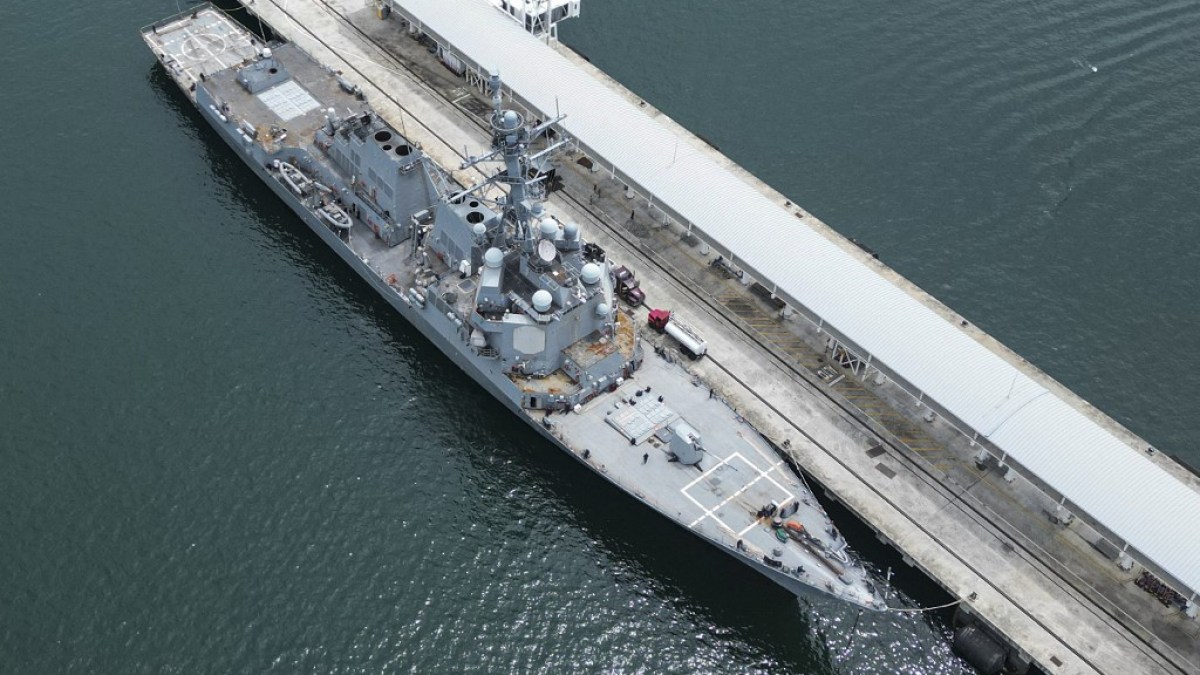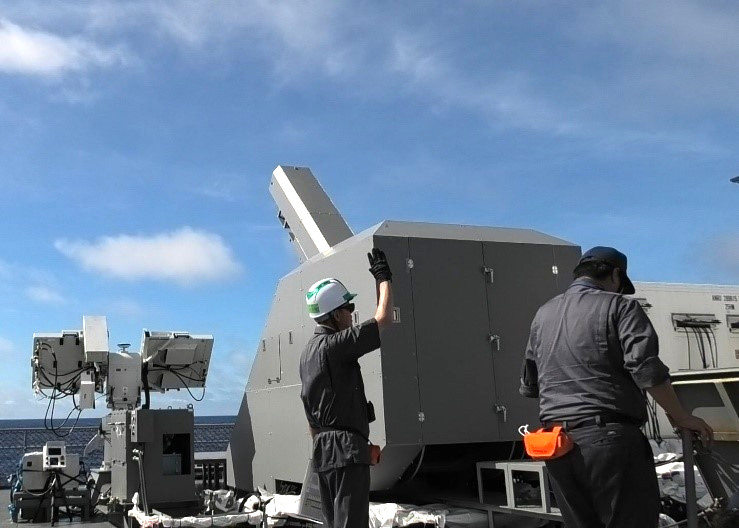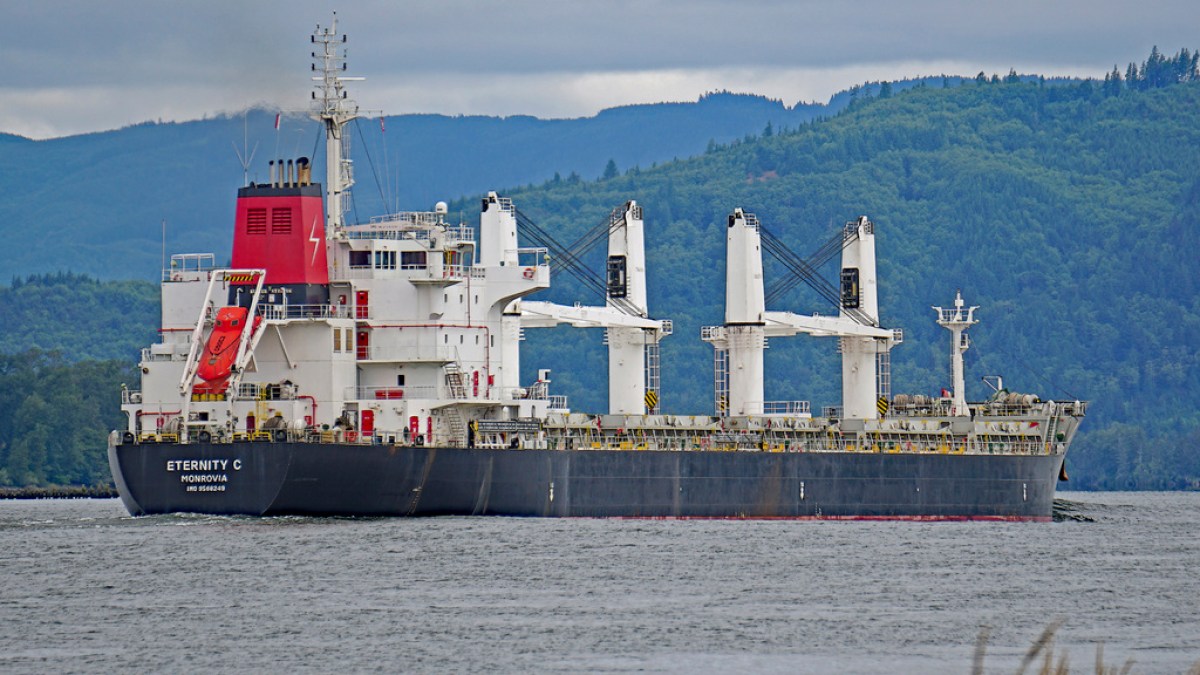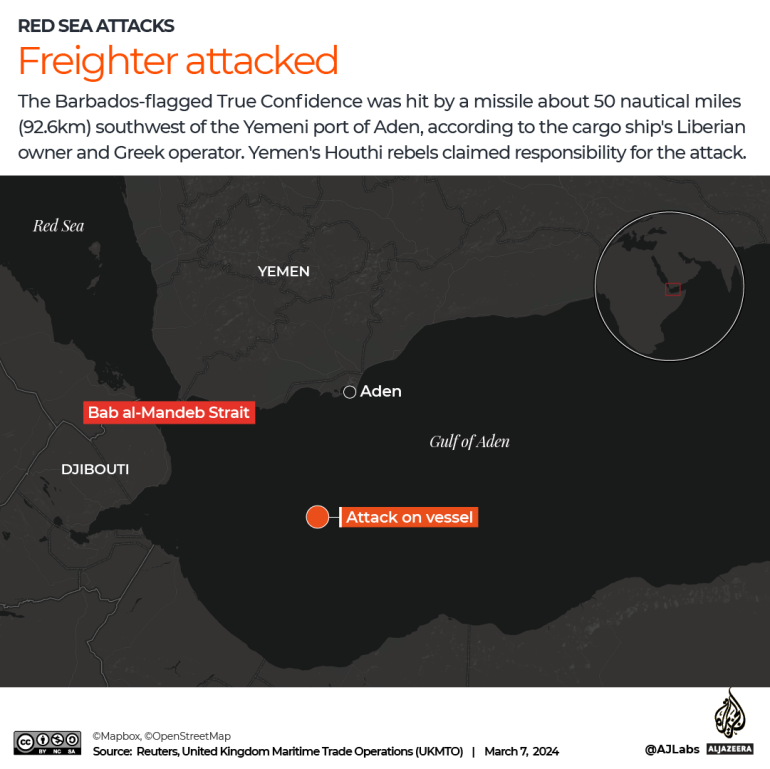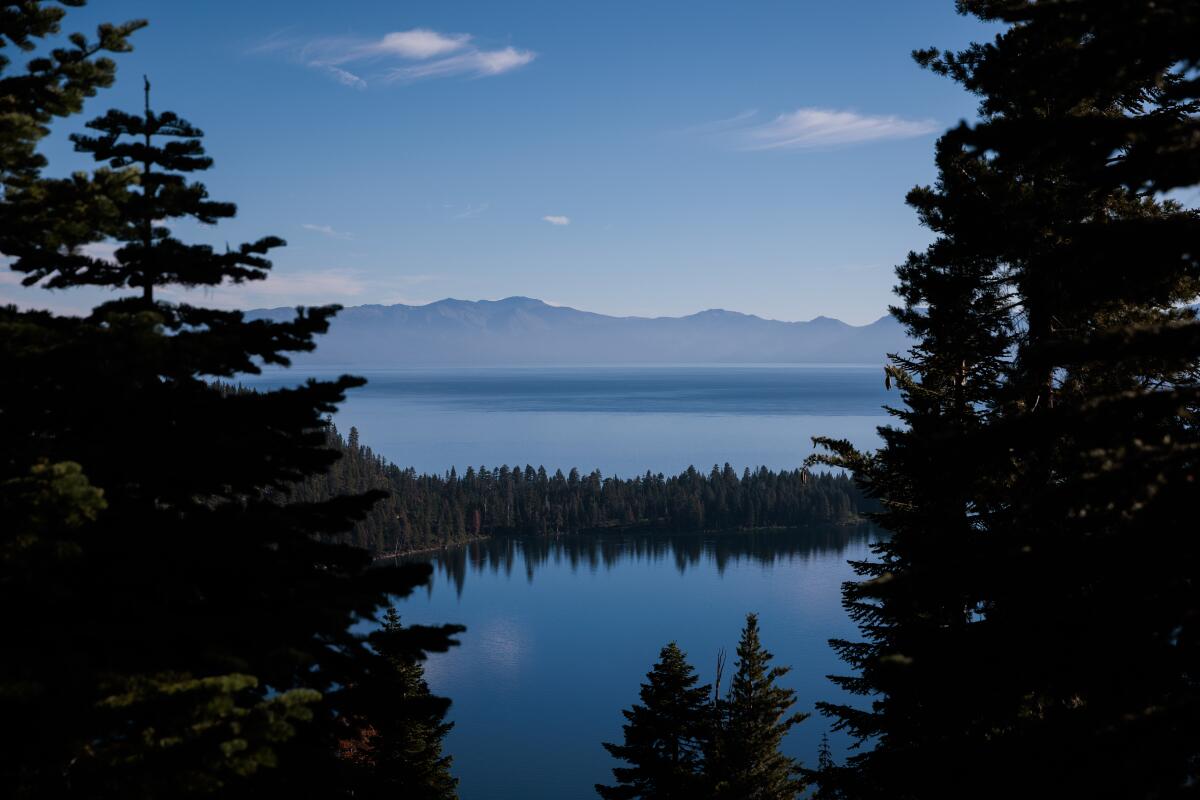US says it killed four ‘terrorists’ in latest strike on alleged drug vessel | Donald Trump News
The White House claimed, without providing evidence, the vessel was operated by a ‘designated terrorist organisation’.
Published On 30 Oct 2025
The White House has said United States forces have bombed another alleged drug smuggling vessel in the eastern Pacific Ocean, killing four men, just days after confirming it killed 14 people in three separate strikes on vessels in the area.
US Secretary of Defense Pete Hegseth said in a post on X late on Wednesday that the “Department of War”, the new name for the recently rebranded Department of Defense, had “carried out a lethal kinetic strike on yet another narco-trafficking vessel”.
Recommended Stories
list of 3 itemsend of list
Hegseth said “four male narco-terrorists” were killed aboard the vessel, which was “operated by a Designated Terrorist Organization”. He did not provide an exact location for the attack, but said it was conducted in international waters in the eastern Pacific Ocean.
“This vessel, like all the others, was known by our intelligence to be involved in illicit narcotics smuggling, was transiting along a known narco-trafficking route, and carrying narcotics,” Hegseth said, posting aerial footage of the strike.
None of the victims of Wednesday’s attack have been identified.
Earlier today, at the direction of President Trump, the Department of War carried out a lethal kinetic strike on yet another narco-trafficking vessel operated by a Designated Terrorist Organization (DTO) in the Eastern Pacific.
This vessel, like all the others, was known by our… pic.twitter.com/mBOLA5RYQe
— Secretary of War Pete Hegseth (@SecWar) October 29, 2025
The strike occurred at a time when US President Donald Trump was on the last leg of a three-nation trip in Asia. On Thursday, Trump met Chinese President Xi Jinping in South Korea, their first summit since 2019. Trump also visited Malaysia and Japan before South Korea.
Earlier this week, Hegseth said US forces carried out three lethal strikes against boats accused of trafficking illegal narcotics on Monday. The attacks, which also took place in the eastern Pacific Ocean, reportedly killed 14 people and left one survivor.
Following the strikes, Hegseth said that “the Department has spent over TWO DECADES defending other homelands. Now, we’re defending our own”.
Since September 2, the US military has carried out at least 14 strikes targeting some 15 maritime vessels in the Caribbean Sea and the eastern Pacific Ocean.
At least 61 people have now been confirmed killed by the two-month-long campaign, which has also seen the US bolster its military presence in the Caribbean to unusually high levels.
The White House has yet to provide any evidence to the public for any of the strikes to substantiate its allegations of drug trafficking.
The Trump administration has framed the strikes as a national security measure, claiming the alleged drug traffickers are “unlawful combatants” in a “non-international armed conflict”.
Critics have called the unilateral strikes a form of extrajudicial killing and a violation of international law, which largely prohibits countries from using lethal military force against non-combatants outside a conflict zone.
“We continue to emphasise the need for all efforts to counter transnational organised crime to be conducted in accordance with international law,” Miroslav Jenca, the United Nations’ assistant secretary-general for the Americas, told the UN Security Council this month.
